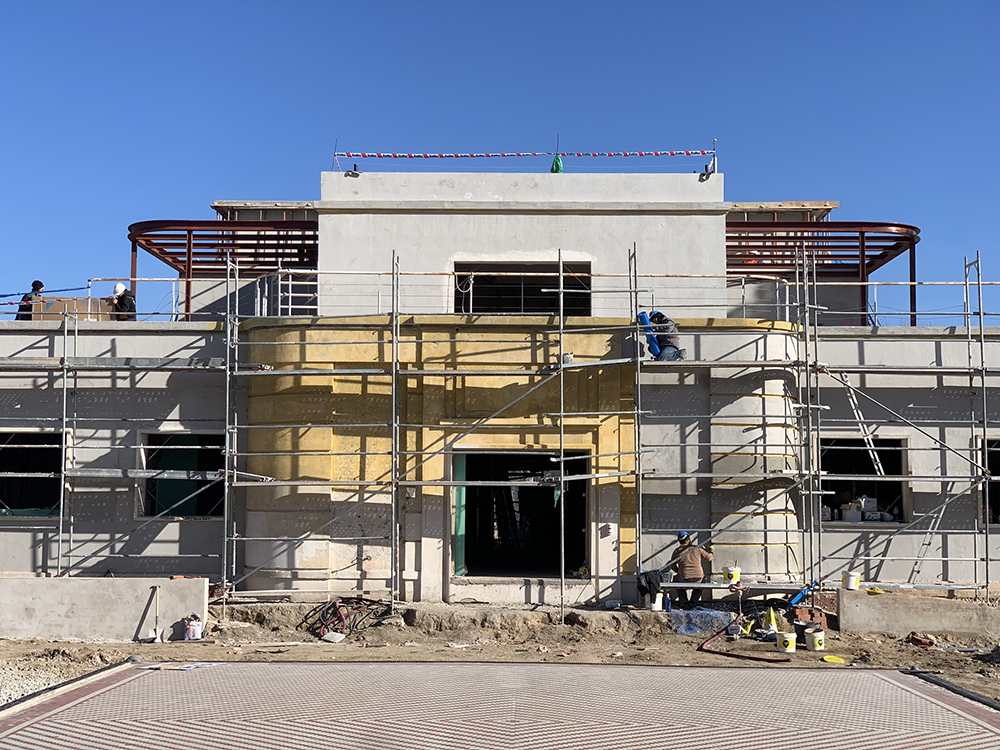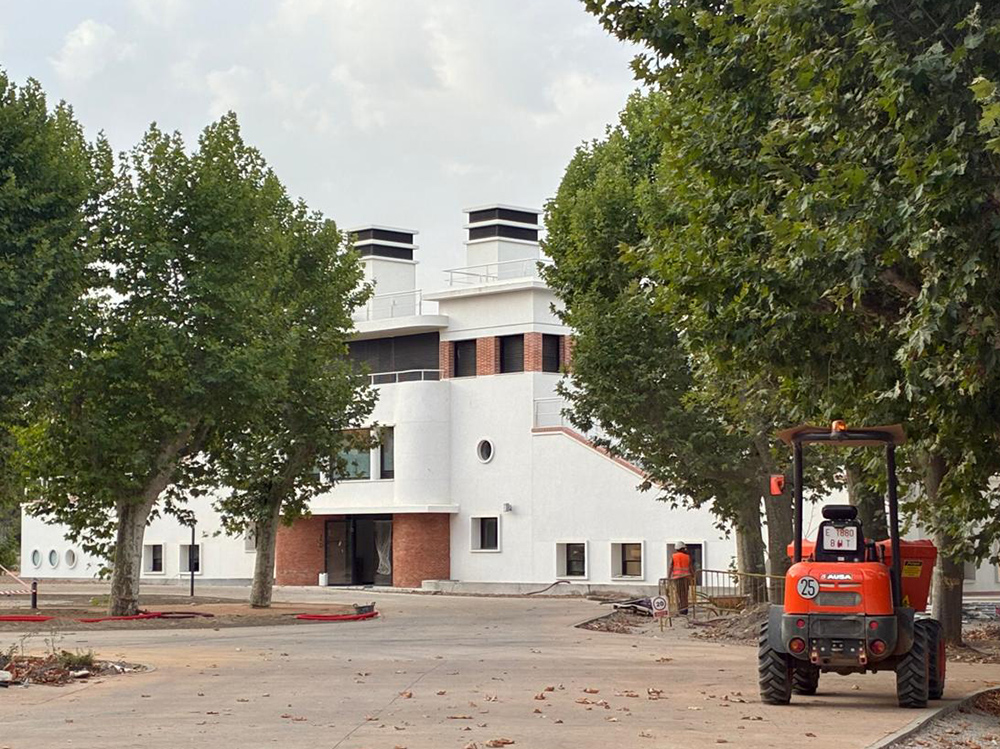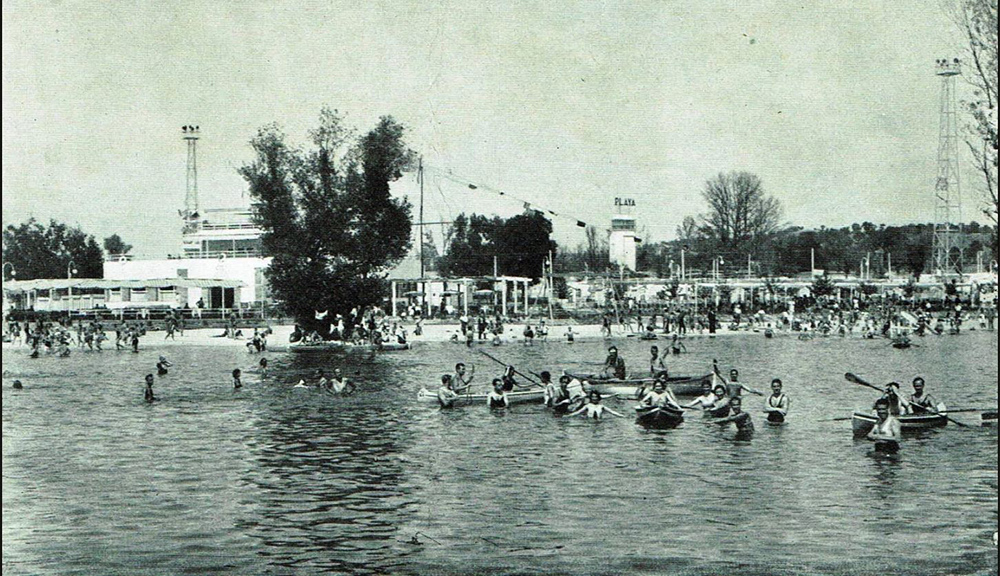


As part of the rehabilitation project for the Playa de Madrid complex, a historical analysis, heritage assessment, and definition of the intervention strategy were carried out for Arvo Arquitectura SLP. This singular recreational facility, built in the early 20th century on the banks of the Manzanares River, was studied through an extensive review of documentary and historiographic sources that examined the site's evolution, its rationalist architecture, its cultural value as a space for popular leisure, and its transformation after the Spanish Civil War.
Based on the technical diagnosis, a conservation strategy was proposed that sought to reconcile the functional rehabilitation of the complex with the preservation of its architectural identity. The proposal included clear criteria for the intervention on structures, finishes, and ornamental elements, along with specific recommendations regarding its enhancement, reversibility, and compatible use. This work provided the technical and heritage foundation for the development of the architectural project, supporting a respectful approach to the memory of the place and to the architectural values of this exceptional example of modern recreational infrastructure on the outskirts of Madrid.







